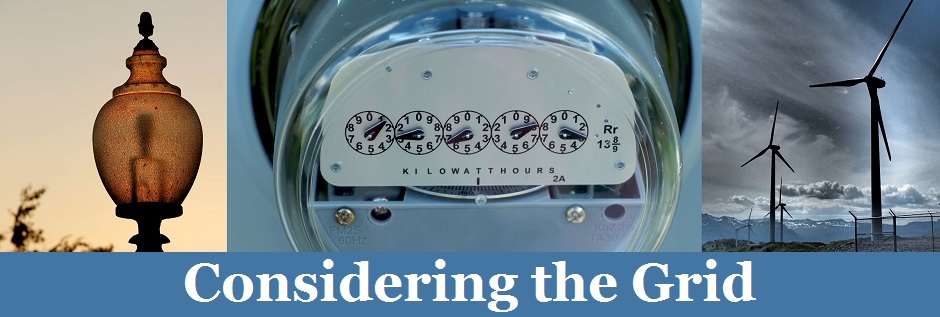Earlier this month, the Congressional Research Service (CRS) released Climate Change: Frequently Asked Questions about the 2015 Paris Agreement. CRS starts with a summary of and context for the Paris Agreement, noting that “Members of Congress have expressed diverse views about the [Paris Agreement] and may have questions about its content, process, and obligations.” CRS explains that the principle mandatory provisions of the agreement for individual parties are procedural—the submission of Nationally Determined Contributions is required, but the specific contents are not dictated. And the elements that are binding are consistent with obligations on the U.S. that the United Nations Framework Convention on Climate Change already imposes. CRS notes that there is no established legal remedy—such as compensation for loss or damage—for parties that perceive themselves as particularly vulnerable to climate change, although this was hotly negotiated.
Over 170 governments signed the agreement on April 22, 2016—setting a new record for signatures on a United Nations treaty in a single day—and the agreement is open for signature until April 21, 2017. CRS explains the process for the entry into force of the agreement, as well as countries’ (nonbinding) pledges to contribute to greenhouse gas (GHG) mitigation. The U.S. has pledged to reduce U.S. GHG emissions by 26–28% by 2025 compared to 2005 levels. CRS notes that economic and technological factors that may help meet this goal include: natural gas prices, environmental compliance costs, the retirement pattern of coal-fired power plants, restrained demand for electricity, lower costs of renewable energy and battery capacity, state and local policies, public support for renewable energy, and extension of renewable energy tax credits.

